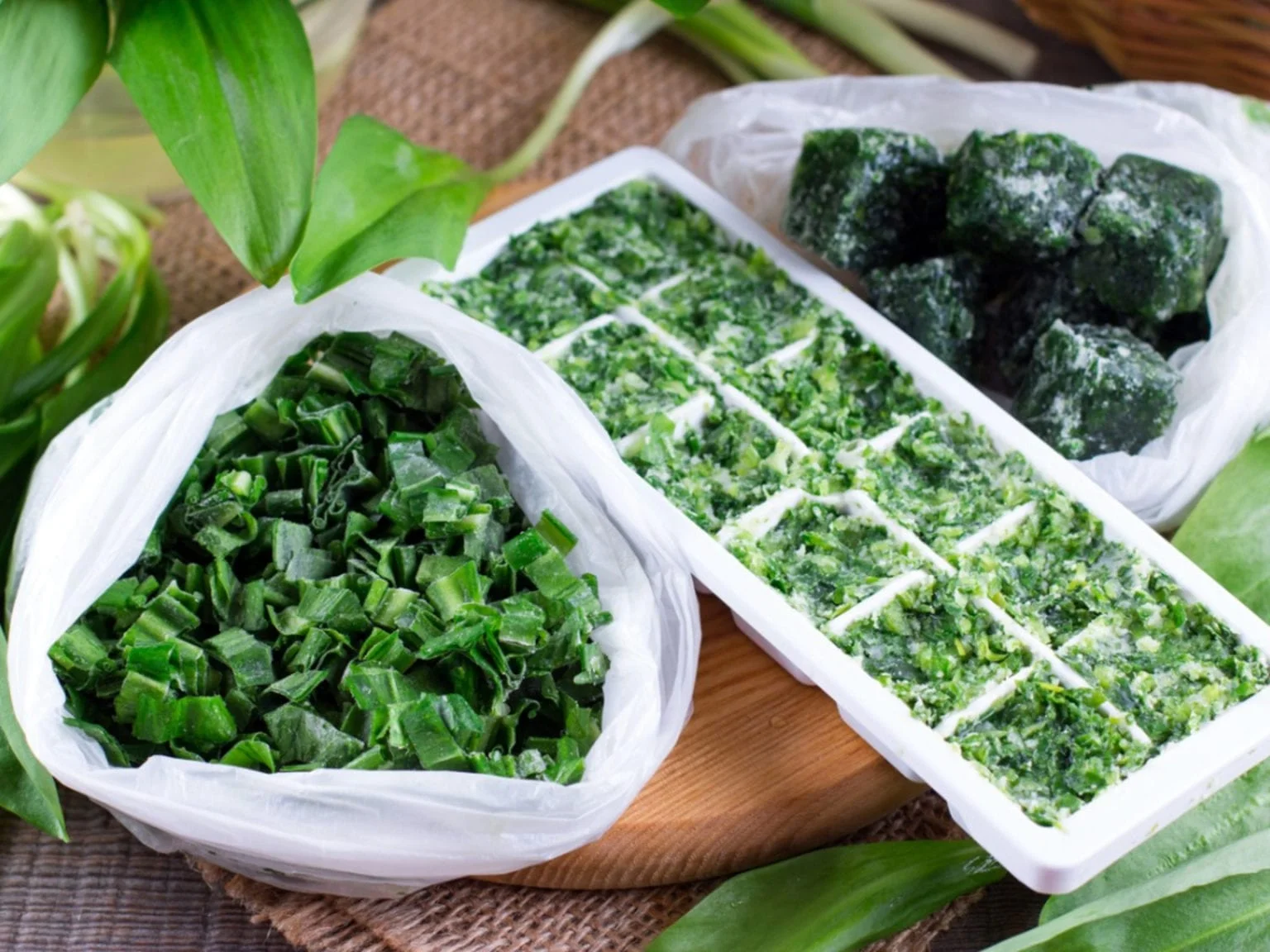

Articles
How To Store Fresh Cut Herbs
Modified: January 18, 2024
Discover the best techniques for storing fresh cut herbs with our informative articles. Keep your herbs fresher for longer and enhance the flavor of your dishes.
(Many of the links in this article redirect to a specific reviewed product. Your purchase of these products through affiliate links helps to generate commission for Storables.com, at no extra cost. Learn more)
Introduction
When it comes to adding flavor and aroma to our dishes, fresh herbs play an essential role. There’s nothing quite like the vibrant taste of basil, the zesty kick of cilantro, or the fragrant notes of rosemary. While store-bought herbs are convenient, they can often lack the freshness and potency that freshly cut herbs bring to our culinary creations.
If you have access to a garden or even just a small windowsill, growing your own herbs can be a rewarding experience. However, once you’ve harvested those beautiful herbs, you may find yourself wondering how to properly store them to ensure they stay fresh and flavorful for as long as possible.
In this article, we will explore various methods for storing fresh cut herbs, from keeping them in water to refrigeration, freezing, and drying. We’ll provide you with tips and techniques to help you preserve your herbs and extend their shelf life, so you can enjoy the vibrant flavors of your garden all year round.
Key Takeaways:
- Preserve the vibrant flavors of freshly cut herbs by storing them in water, refrigerating, freezing, or drying. Enjoy the convenience of garden-fresh herbs all year round with these simple and effective storage methods.
- Elevate your culinary creations with stored fresh herbs. From infusing oils to creating herb butters and teas, explore a variety of ways to maximize the flavor and aroma of your garden-fresh herbs in your dishes.
Read more: How To Store Fresh Herbs In Fridge
Choosing and Harvesting Fresh Herbs
Before we delve into the various methods of storing fresh cut herbs, it’s important to understand which herbs are best suited for harvesting and how to properly pick them. Here are some guidelines to help you choose and harvest the freshest herbs:
- Selecting the right herbs: When it comes to choosing herbs for harvesting, it’s best to go for varieties that are known for their strong flavor and aroma. Some popular choices include basil, cilantro, parsley, mint, rosemary, thyme, and oregano.
- Picking the perfect time: The optimal time to harvest herbs is in the morning, after the dew has dried but before the sun is at its peak. At this time, the herbs are packed with essential oils and have the most intense flavor.
- Pinching or cutting: When harvesting herbs, it’s important to use sharp pruning shears or scissors to make clean cuts. Avoid tearing or pulling the herbs, as this can damage the plant and reduce its lifespan.
- Focus on healthy growth: Choose herbs that are in their prime, with lush green leaves and no signs of disease or pests. It’s best to avoid herbs that have started to flower, as they tend to lose flavor and aroma.
- Harvesting strategies: Depending on the herb, there are different strategies for harvesting. For leafy herbs like basil, parsley, and cilantro, you can pinch off individual leaves or cut a few inches above the base. For woody herbs like rosemary and thyme, trim the stems just above a leaf node to encourage new growth.
By following these guidelines, you’ll ensure that you’re harvesting fresh, flavorful herbs that are at their peak. Now that you’ve picked your herbs, let’s move on to the next step: preparing them for storage.
Preparing Fresh Cut Herbs for Storage
Now that you’ve harvested your fresh herbs, it’s important to prepare them properly before storing to maximize their longevity and flavor. Here are some steps to follow when preparing fresh cut herbs for storage:
- Give them a gentle rinse: Before storing, it’s a good idea to give your herbs a gentle rinse under cool running water. This will help remove any dirt, bugs, or debris that may have collected on the leaves. Pat them dry gently with a clean kitchen towel.
- Remove any damaged leaves: Inspect the herbs and remove any leaves that show signs of damage, discoloration, or wilting. Removing these leaves will help prevent spoilage and maintain the overall freshness of the herbs.
- Trim the stems: If the stems of your herbs are long, you can trim them to a more manageable length. This will make it easier to store them in different containers and minimize wastage.
- Bundle or separate the herbs: Depending on the storage method you choose, you can either bundle similar herbs together or separate them to prevent cross-contamination of flavors. For example, it’s best to store delicate herbs like basil separately from strong-smelling herbs like rosemary.
By following these preparatory steps, you’ll ensure that your fresh cut herbs are clean, free from any damaged leaves, and properly organized for storage. Now, let’s explore different storage methods to keep your herbs fresh and flavorful for longer durations.
Storing Fresh Cut Herbs in Water
One of the simplest and most effective methods for storing fresh cut herbs is by placing them in water, just like you would with a bouquet of flowers. This method keeps the herbs hydrated and prolongs their freshness. Here’s how you can store fresh cut herbs in water:
- Choose the right container: Select a glass or a jar with a wide mouth to hold the herbs. Make sure the container is clean and has enough room for the herb stems to be submerged in water.
- Trim the stems: Before placing the herbs in water, trim the stems at an angle. This allows for better water absorption and keeps the herbs hydrated.
- Add water: Fill the container with a few inches of fresh, cool water. Be careful not to submerge the leaves in the water, as this can cause them to rot.
- Place the herbs in the container: Gently place the herb stems into the container, making sure the leaves are above the waterline. If needed, you can cover the tops of the herbs with a plastic bag to maintain humidity.
- Store in the refrigerator: Once the herbs are in the water, cover the container loosely with a plastic bag and place it in the refrigerator. This method can help keep the herbs fresh for up to a week.
- Change the water regularly: Every couple of days, change the water in the container to prevent bacterial growth and maintain freshness. Trim the stems again if needed.
Storing fresh cut herbs in water is ideal for delicate herbs like basil, parsley, cilantro, and mint. It not only extends their shelf life but also adds a touch of beauty to your kitchen countertop. Now that you know how to store herbs in water, let’s discover another method: storing fresh cut herbs in the refrigerator.
Store fresh cut herbs by placing them in a glass of water, like a bouquet of flowers, and covering them loosely with a plastic bag. Keep them in the refrigerator for up to a week.
Storing Fresh Cut Herbs in the Refrigerator
The refrigerator is a convenient place to store fresh cut herbs, as it helps maintain their freshness and slows down the wilting process. Here’s how you can store fresh cut herbs in the refrigerator:
- Wrap the herbs: Gently wrap the herbs in a slightly damp paper towel or place them in a perforated plastic bag. This will help retain moisture and prevent the herbs from drying out.
- Place in the vegetable drawer: The vegetable drawer in your refrigerator is a suitable spot to store fresh cut herbs. It provides a controlled environment with slightly higher humidity, which helps preserve their freshness.
- Keep away from ethylene-producing fruits: Ethylene gas is produced by certain fruits like apples, bananas, and tomatoes, and can hasten the wilting process of herbs. Store the herbs away from these fruits to prevent premature spoilage.
- Label the herbs: If you are storing multiple types of herbs, it’s a good idea to label them to avoid mix-ups. This will help you quickly identify the herb you need for cooking.
- Check and remove wilted leaves: Regularly check the stored herbs for any wilted or spoiled leaves. Remove these leaves to prevent them from affecting the remaining herbs.
By following these steps, you can store fresh cut herbs in the refrigerator for up to two weeks, depending on the herb. Remember to check the herbs regularly and discard any that show signs of spoilage. Now, for longer-term storage, let’s explore the option of freezing fresh cut herbs.
Read more: How To Store Fresh Herbs In Freezer
Freezing Fresh Cut Herbs
Freezing is an excellent method for preserving fresh cut herbs for an extended period. It locks in the flavors and allows you to enjoy your favorite herbs even when they are out of season. Here’s how you can freeze fresh cut herbs:
- Wash and dry the herbs: Start by washing the herbs gently under cool running water and patting them dry with a clean kitchen towel. It’s important to remove any excess moisture before freezing.
- Remove leaves from stems: Strip the leaves from the herb stems, discarding any tough or woody parts. For herbs like basil and mint, you can leave the smaller leaves intact.
- Blanch the herbs (optional): Blanching can help preserve the flavor and color of the herbs. Immerse the leaves in boiling water for a few seconds, then transfer them to an ice bath to cool quickly. Drain well.
- Prepare the freezer container: Choose an airtight container or freezer bag for storing the herbs. Make sure to label the container with the herb name and the date of freezing.
- Arrange the herbs: Place the herbs in a single layer inside the container or freezer bag, ensuring they are not overcrowded. This will prevent them from sticking together and allow for easier portioning later.
- Remove excess air and seal: Squeeze out any excess air from the bag or container before sealing it tightly. This will help prevent freezer burn and maintain the quality of the herbs.
- Store in the freezer: Place the container or bag in the freezer, making sure it is stored flat to prevent the herbs from getting crushed. The herbs can be stored in the freezer for up to six months.
- Usage tips: When you want to use the frozen herbs, simply remove the desired portion and thaw them in the refrigerator or add them directly to your dish while cooking.
Freezing fresh cut herbs is a convenient option for preserving their flavors for future use. It’s perfect for herbs like parsley, cilantro, dill, and chives. Now, let’s explore another method: drying fresh cut herbs.
Drying Fresh Cut Herbs
Drying herbs is a traditional method of preserving them, allowing you to enjoy their distinct flavors and aromas for an extended period. Here’s how you can dry fresh cut herbs:
- Gather the herbs: Start by gathering a bunch of fresh herbs, making sure they are clean and free from any dirt or insects.
- Remove any damaged leaves: Inspect the herbs and remove any leaves that are discolored, wilted, or damaged. This will ensure that you’re drying only the best parts of the herbs.
- Bundle the herbs: Gather a small bunch of herbs together and tie them tightly at the stem end using a string or a rubber band. Make sure the bunch is compact but not too tight to allow for airflow.
- Hang the herbs: Hang the herb bundles upside down in a well-ventilated area away from direct sunlight. This could be a dry, airy room or a shaded spot in your kitchen.
- Allow them to dry: It usually takes around 1-2 weeks for the herbs to fully dry. During this time, check on them occasionally to ensure they are drying evenly and not developing mold or other issues.
- Store them in containers: Once the herbs are completely dry, remove the leaves from the stems and crumble them into small pieces. Transfer the dried leaves to airtight containers such as glass jars or resealable bags.
- Store in a cool, dark place: Keep the containers in a cool, dark place to protect the dried herbs from heat and light, which can degrade their quality. The herbs can retain their flavor for up to a year when stored properly.
- Usage tips: When using dried herbs in your recipes, remember to crush or crumble them between your fingers to release their flavors. Dried herbs are perfect for infusing into soups, stews, sauces, and marinades.
Drying fresh cut herbs is a traditional and effective way to preserve their flavors for long-term storage. It works well for herbs like thyme, rosemary, oregano, and sage. Now that you know how to dry herbs, let’s explore how to make the most of your stored fresh herbs.
Using Stored Fresh Herbs
Now that you have successfully stored your fresh cut herbs using different methods, it’s time to put them to good use in your culinary creations. Here are some ideas on how to utilize your stored fresh herbs:
- Add flavor to dishes: Fresh herbs can elevate the flavor profile of a wide range of dishes. Sprinkle some chopped basil or cilantro over salads, stir them into pasta sauces, or use them as a garnish for soups and stews.
- Create herb-infused oils and vinegars: Infusing oils and vinegars with fresh herbs can add an extra layer of flavor to your cooking. Fill a bottle with your favorite herbs, cover them with olive oil or vinegar, and let them infuse for a few weeks. Strain out the herbs before using.
- Brew herbal teas: Many fresh herbs have soothing and therapeutic properties. Steep a handful of dried herbs or a few fresh leaves in hot water to make a refreshing herbal tea. Mint, chamomile, and lavender are popular choices.
- Make herb butters and spreads: Blend softened butter with finely chopped herbs to create flavorful herb butters. Spread them on bread, melt them over grilled meats, or mix them into mashed potatoes for a burst of herbal goodness.
- Preserve herbs in oil or butter: Chop fresh herbs and place them in ice cube trays. Fill the trays with olive oil or melted butter and freeze. These herb-infused cubes can be added directly to dishes while cooking, adding instant flavor.
- Create herb rubs and marinades: Combine dried herbs with spices, salt, and pepper to create versatile herb rubs for meats and vegetables. Alternatively, mix fresh herbs with olive oil, garlic, and lemon juice for herb-infused marinades.
- Add to homemade sauces and dressings: Fresh herbs add a burst of freshness and aroma to homemade sauces, dressings, and dips. Experiment with different combinations of herbs to create your own signature flavors.
With these ideas, you can make the most of your stored fresh herbs and enhance the flavor of your culinary creations. Remember to adjust the quantity of herbs according to your personal taste preferences and the specific recipe you are following. Enjoy the delightful taste and aroma of your garden-fresh herbs all year round!
Frequently Asked Questions about How To Store Fresh Cut Herbs
Was this page helpful?
At Storables.com, we guarantee accurate and reliable information. Our content, validated by Expert Board Contributors, is crafted following stringent Editorial Policies. We're committed to providing you with well-researched, expert-backed insights for all your informational needs.
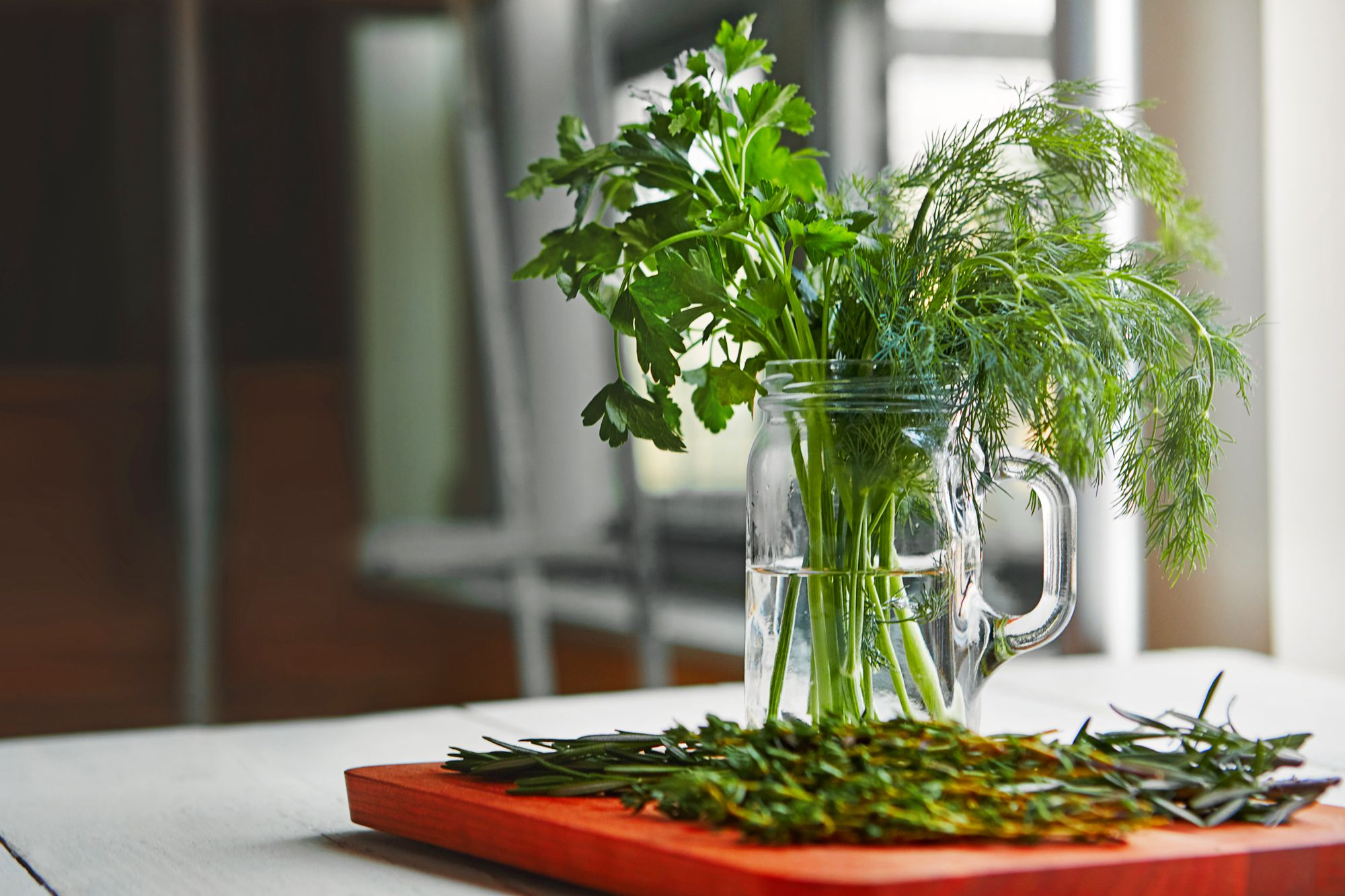
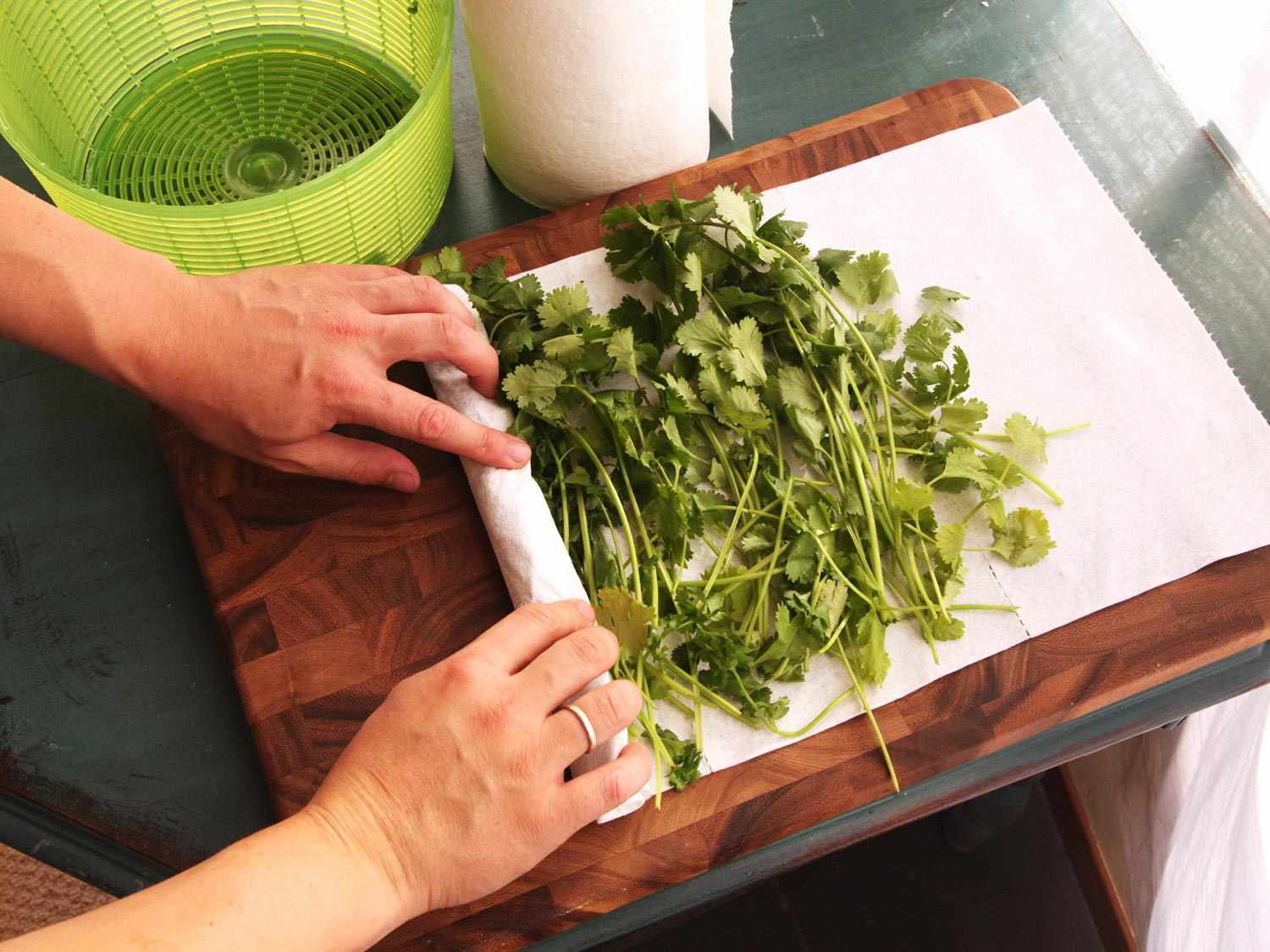
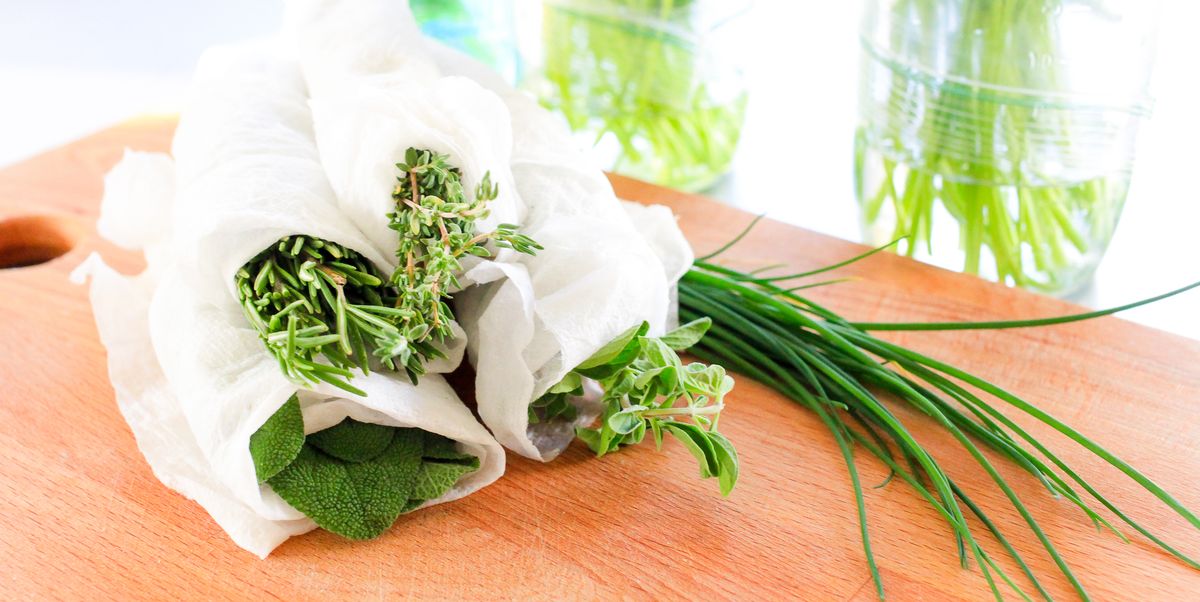
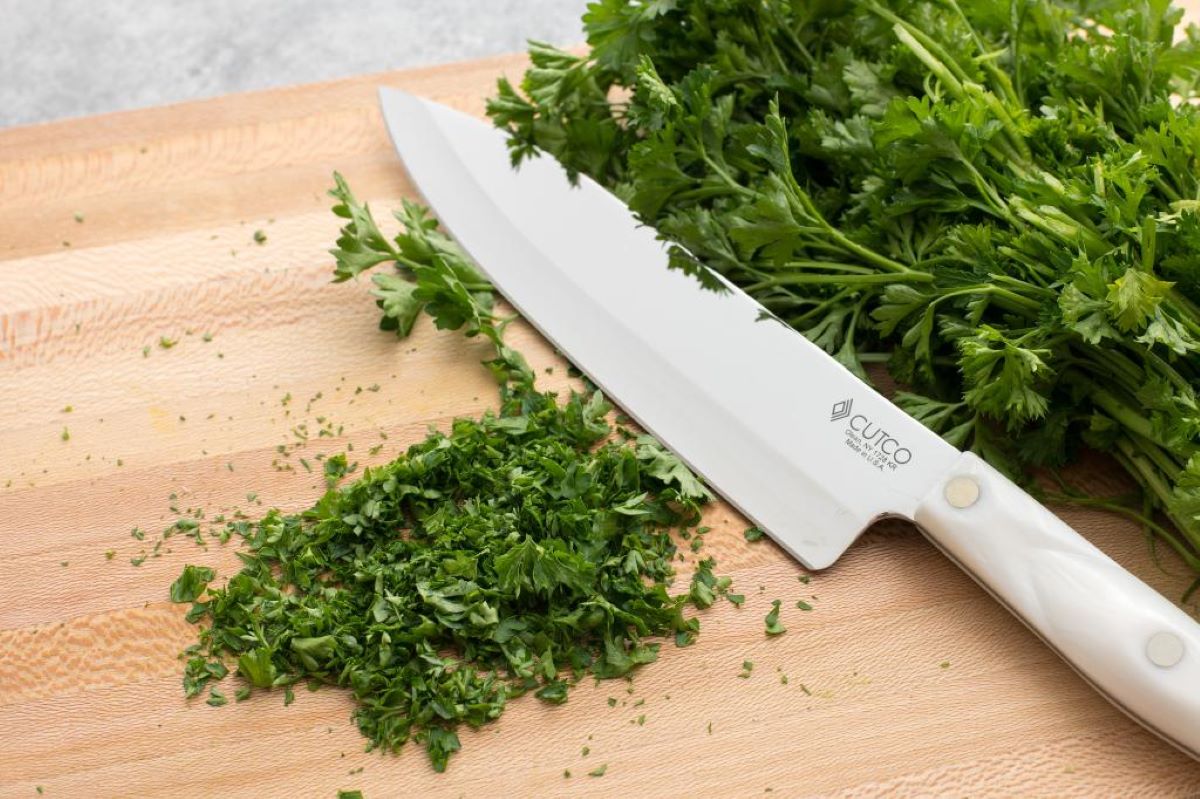
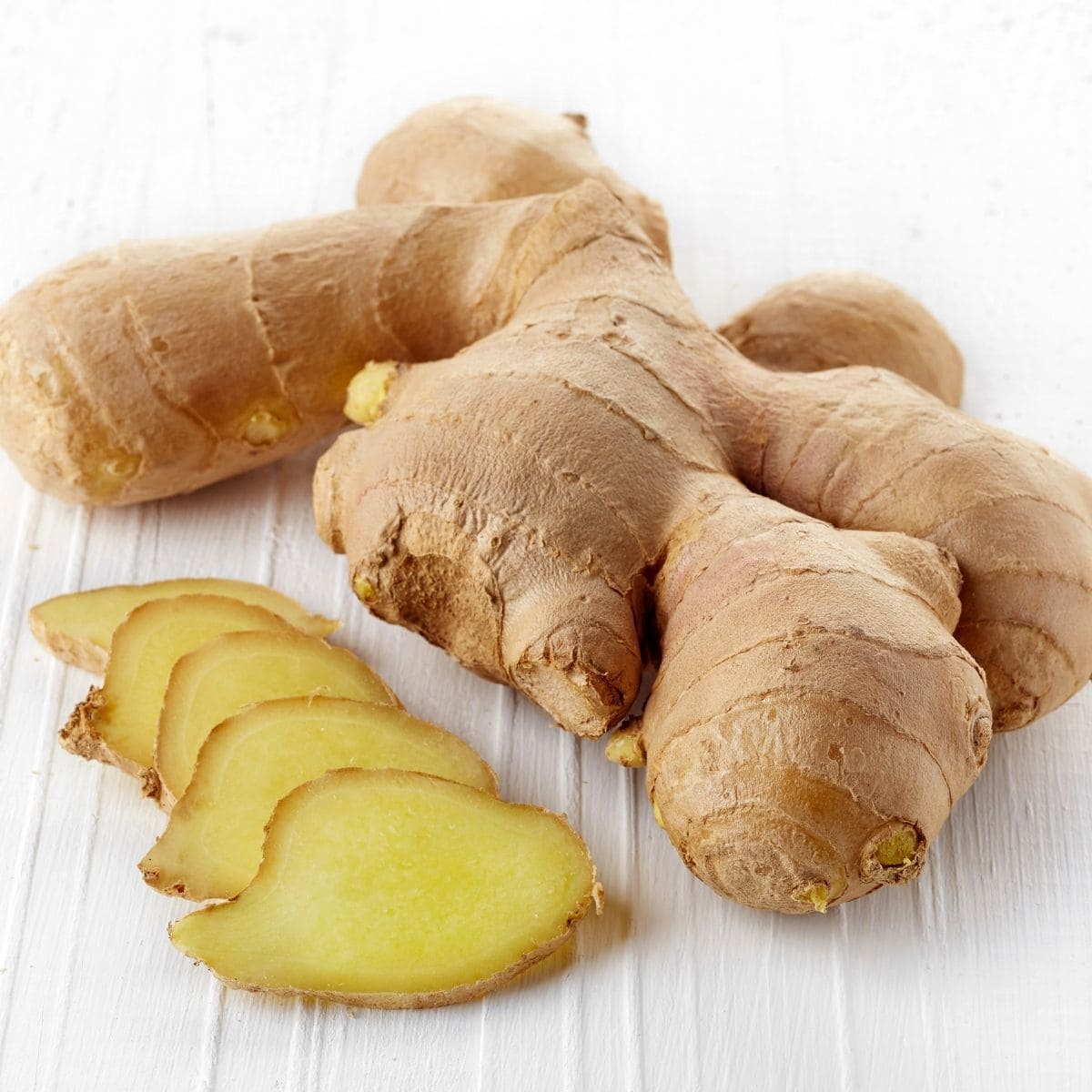
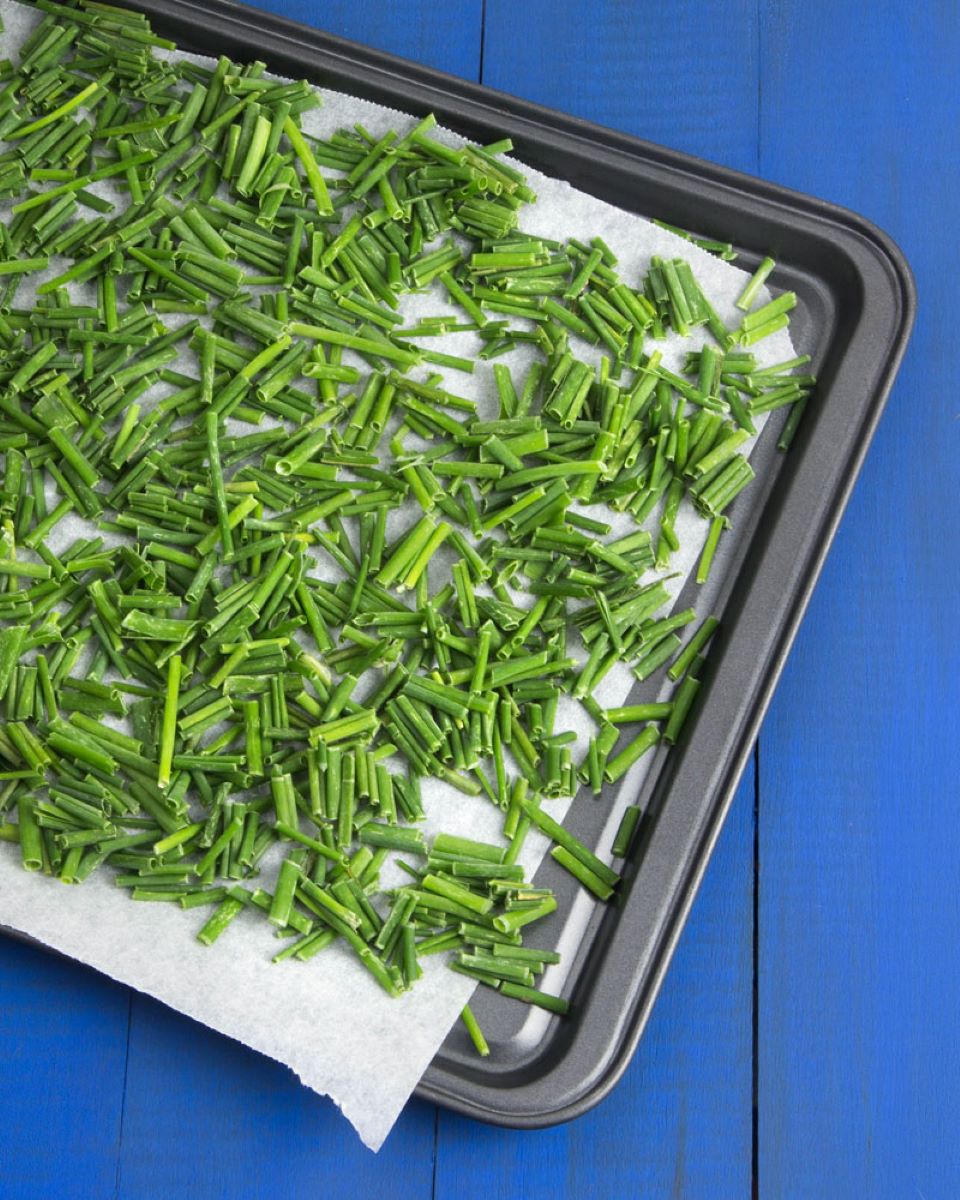
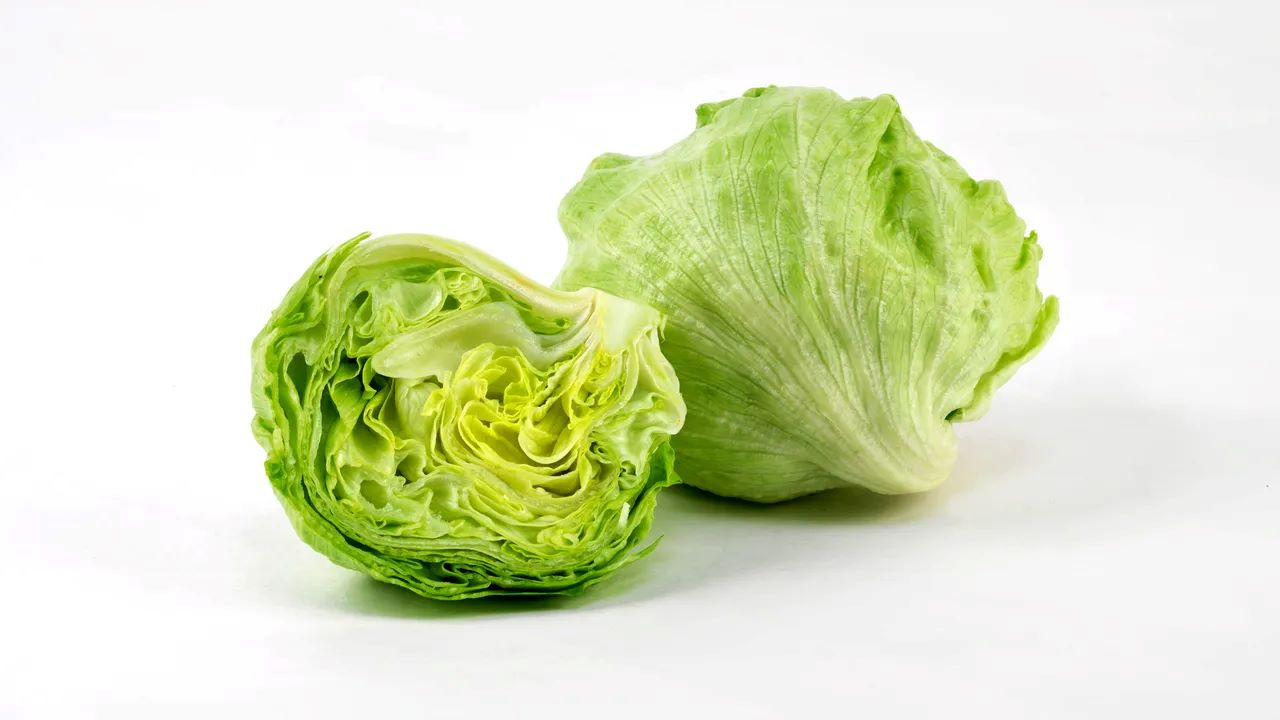
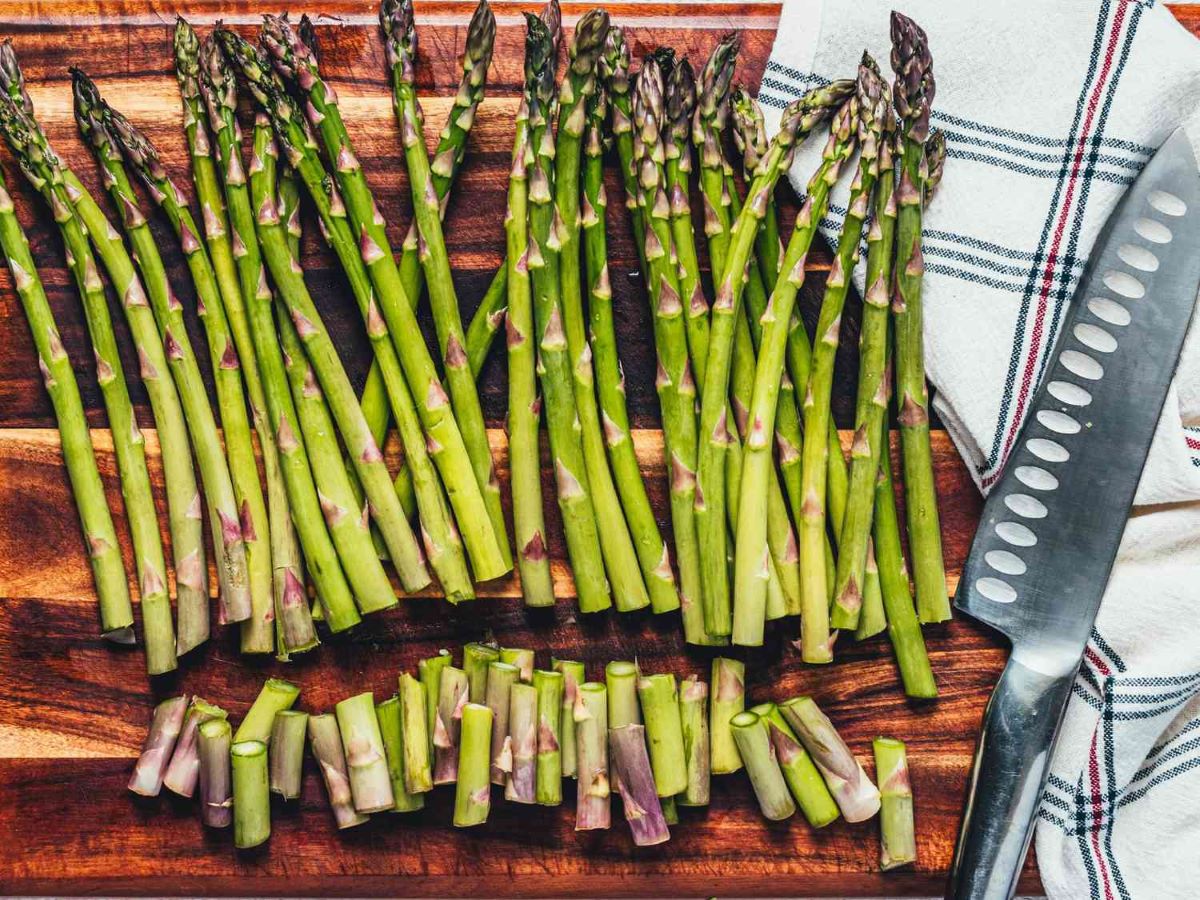
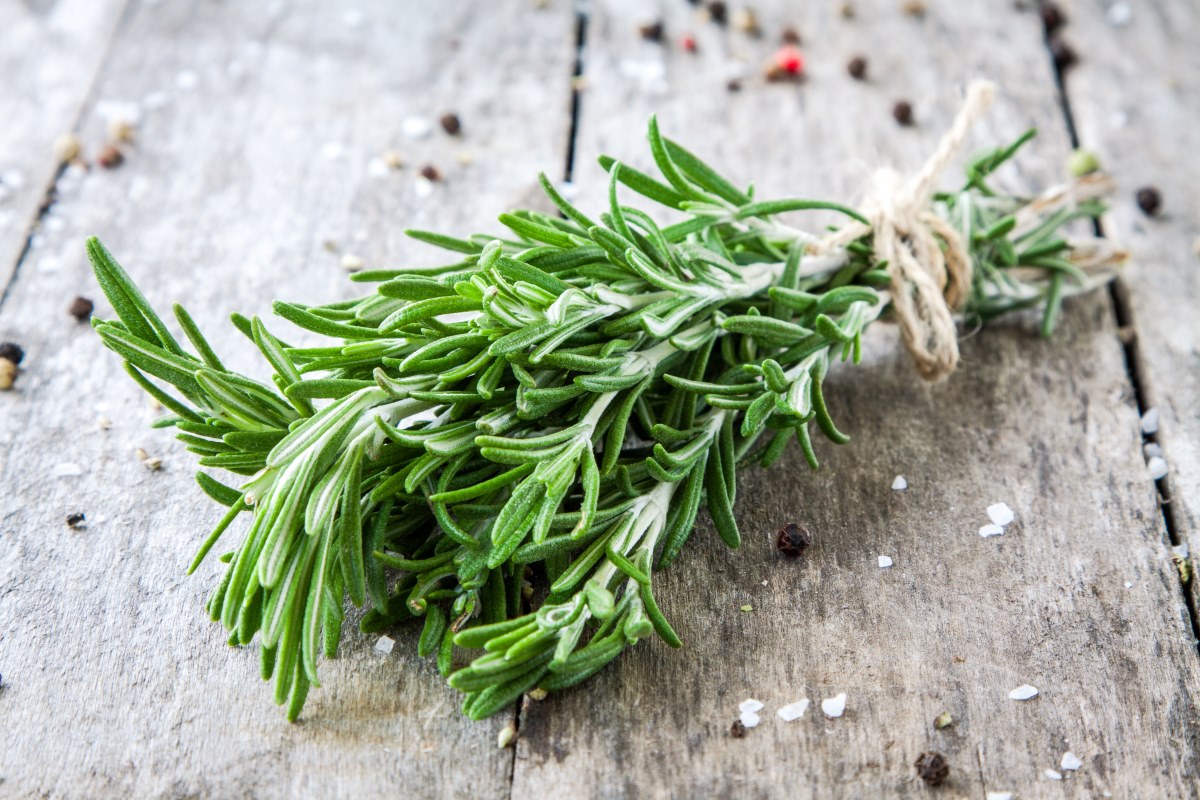
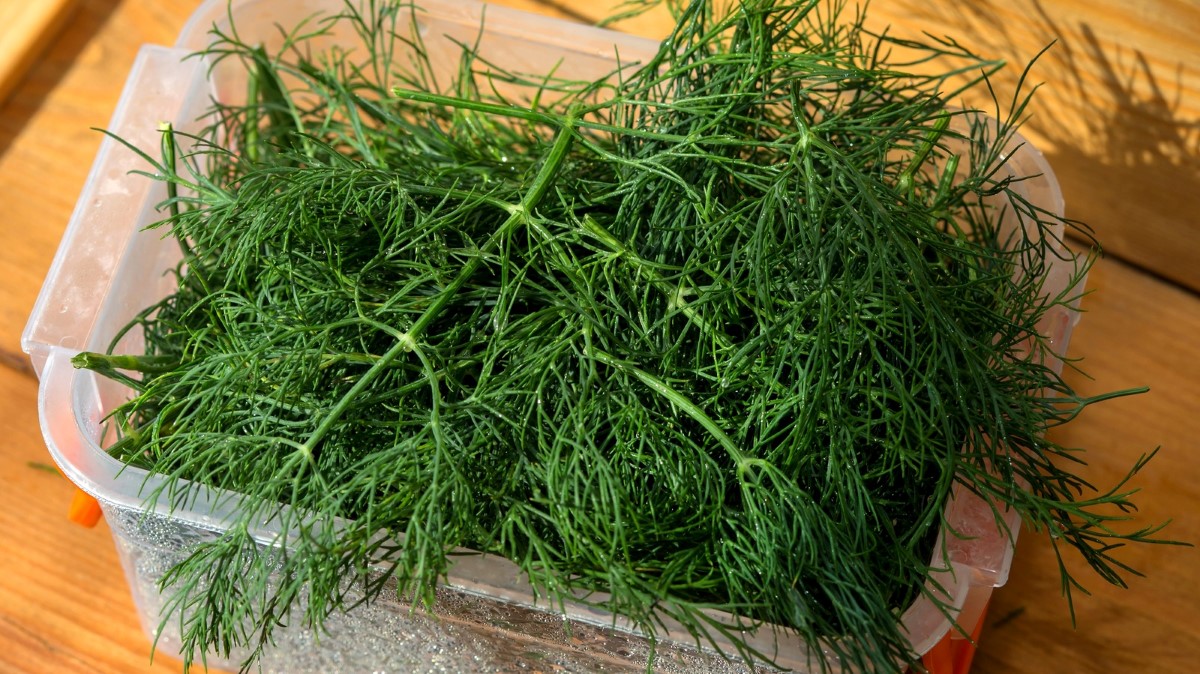
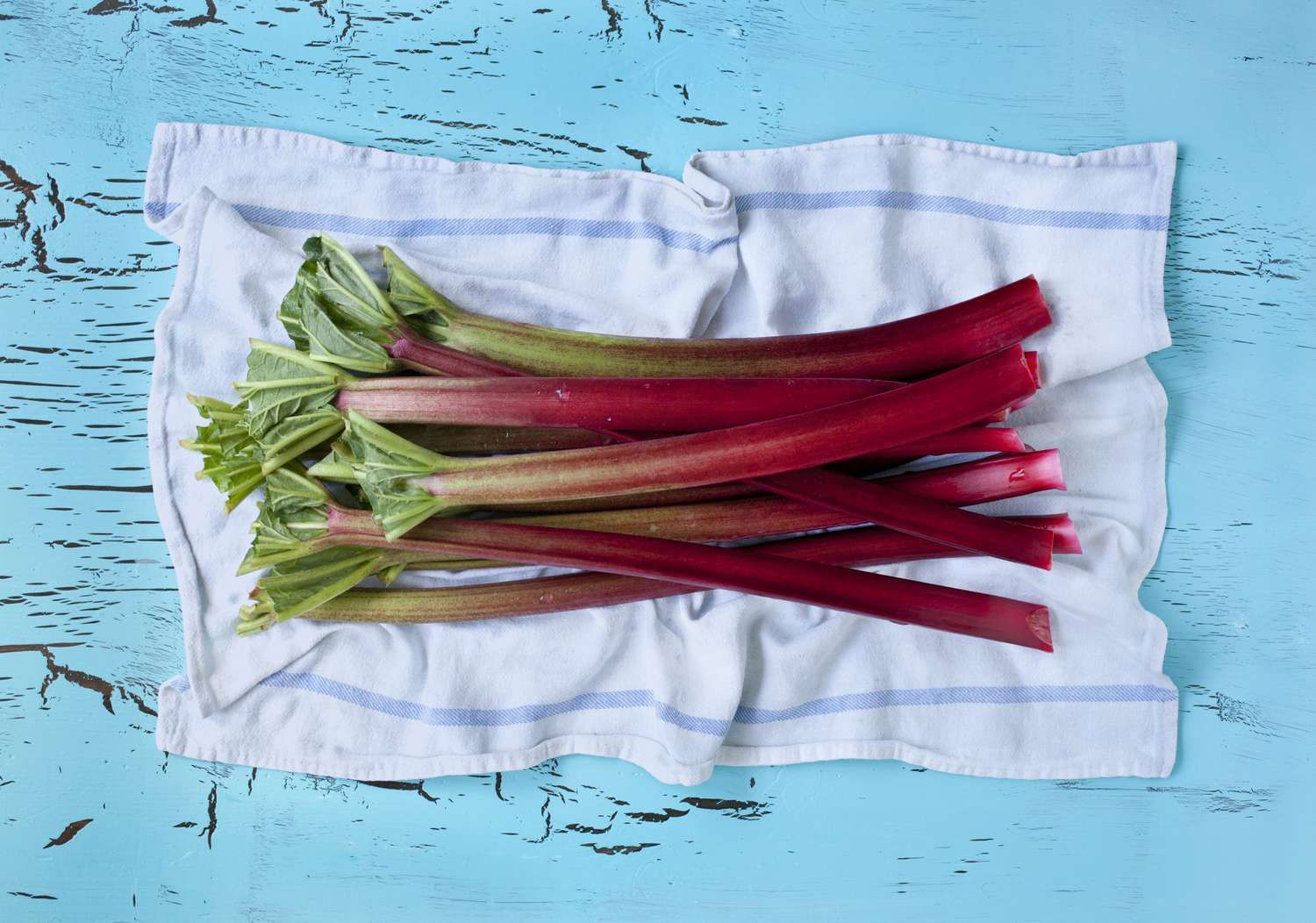

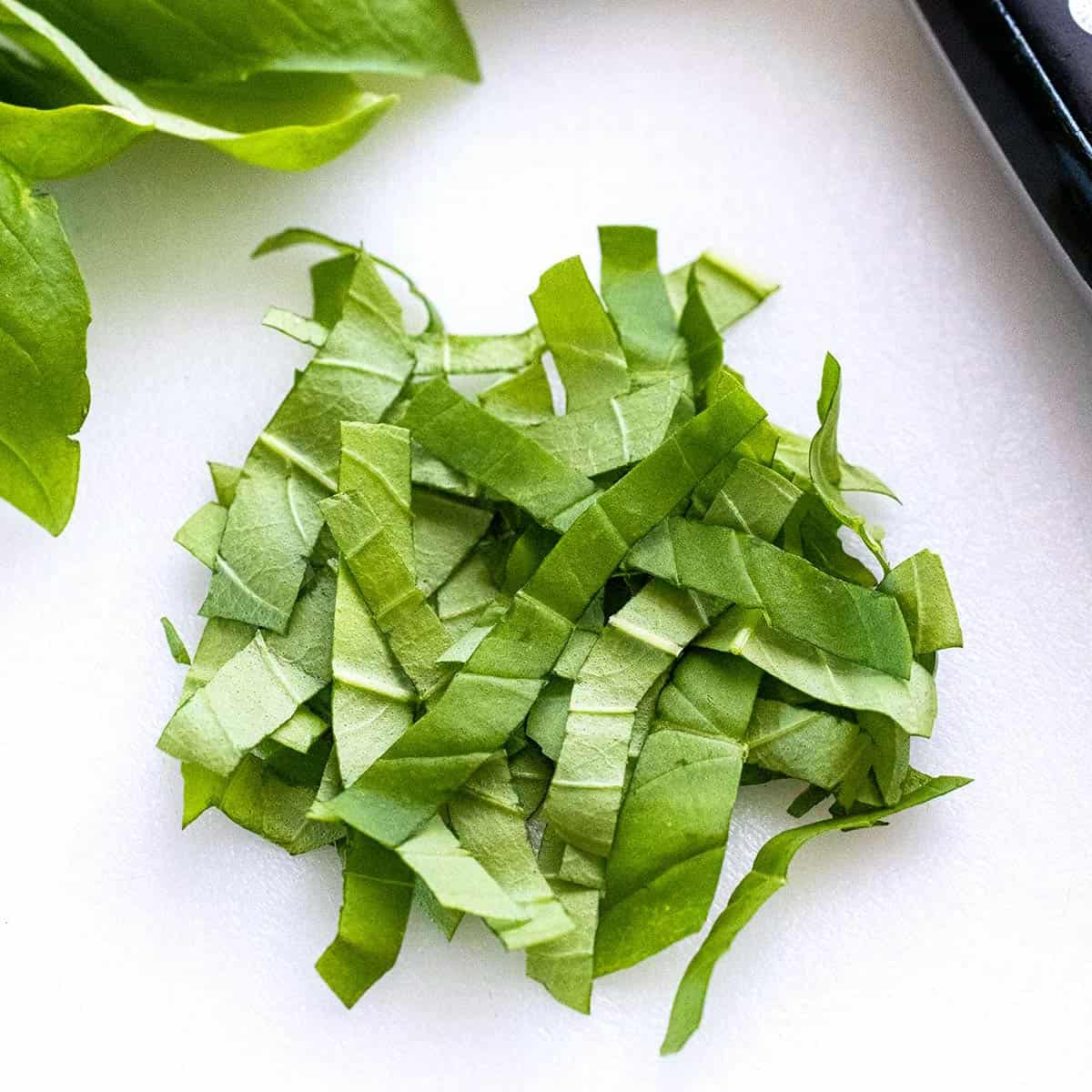


0 thoughts on “How To Store Fresh Cut Herbs”